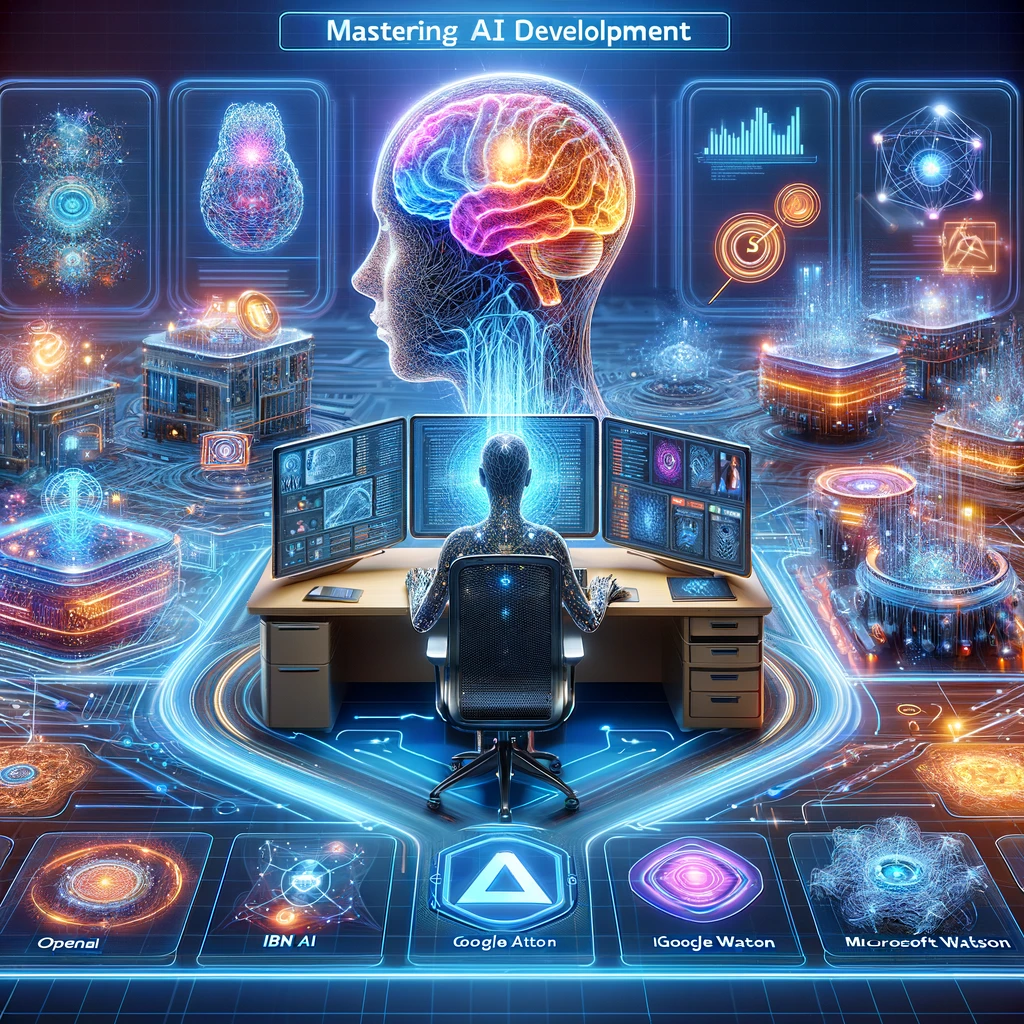Mastering AI Development: Tutorials for Building Your First AI Model
Introduction
Artificial Intelligence (AI) is a transformative technology with applications spanning various industries. From healthcare to finance, AI is revolutionizing the way we live and work. If you’re an aspiring AI developer eager to build your first AI model, this comprehensive guide will provide you with step-by-step instructions, tips, and best practices to help you get started.
Step 1: Understanding the Basics
What is an AI Model?
An AI model is a mathematical representation of a real-world process or system that can learn from data and make predictions or decisions based on that learning. There are different types of AI models, including supervised learning models, unsupervised learning models, and reinforcement learning models.
- Supervised Learning: Involves training a model on labeled data, where the input-output pairs are known. Examples include classification and regression tasks.
- Unsupervised Learning: Involves training a model on unlabeled data, where the model tries to identify patterns or groupings. Examples include clustering and association tasks.
- Reinforcement Learning: Involves training a model to make a sequence of decisions by rewarding desired behaviors and penalizing undesired ones.
Step 2: Setting Up Your Development Environment
Programming Languages
- Python: The most popular language for AI development due to its simplicity and extensive libraries. Learn more about Python for AI development on Python.org.
- R: Useful for statistical analysis and data visualization. Explore resources for R at R-project.org.
Tools and Libraries
- TensorFlow: An open-source library for machine learning and deep learning. Start with TensorFlow at TensorFlow.org.
- PyTorch: A flexible and easy-to-use library for deep learning. Get started with PyTorch at PyTorch.org.
- scikit-learn: A library for simple and efficient tools for data mining and data analysis. Learn more at scikit-learn.org.
Step 3: Building Your First AI Model
Step-by-Step Instructions
- Select a Dataset:
- Choose a dataset relevant to your problem. Websites like Kaggle and UCI Machine Learning Repository offer a variety of datasets.
- Data Preprocessing:
- Clean the data: Handle missing values, remove duplicates, and correct errors.
- Normalize the data: Scale numerical features to a common range.
- Encode categorical variables: Convert categorical data into numerical format using techniques like one-hot encoding.
- Choose a Model:
- Start with a simple model like linear regression or logistic regression for supervised learning tasks.
- Use clustering algorithms like k-means for unsupervised learning tasks.
- Train the Model:
- Split the dataset into training and testing sets.
- Use the training set to train the model by feeding it the input data and the corresponding labels.
- Evaluate the Model:
- Use the testing set to evaluate the model’s performance.
- Metrics such as accuracy, precision, recall, and F1-score are commonly used for evaluation.
- Tune Hyperparameters:
- Optimize the model’s hyperparameters to improve its performance.
- Techniques like grid search and random search can be used for hyperparameter tuning.
- Make Predictions:
- Use the trained model to make predictions on new, unseen data.
Step 4: Best Practices for AI Development
Tips
- Start Simple: Begin with simple models and gradually move to more complex ones as you gain experience.
- Document Your Work: Keep detailed documentation of your code, experiments, and results.
- Stay Updated: AI is a rapidly evolving field. Stay updated with the latest research, tools, and techniques.
Common Pitfalls to Avoid
- Overfitting: Ensure your model generalizes well to new data by using techniques like cross-validation and regularization.
- Data Leakage: Prevent information from the test set from influencing the training process.
- Ignoring Data Quality: High-quality data is crucial for building effective AI models. Invest time in data preprocessing.
Conclusion
Building your first AI model is an exciting journey that requires a solid understanding of the basics, the right tools, and a systematic approach. By following the steps and best practices outlined in this guide, you’ll be well on your way to mastering AI development. Remember, the key to success in AI is continuous learning and experimentation.







